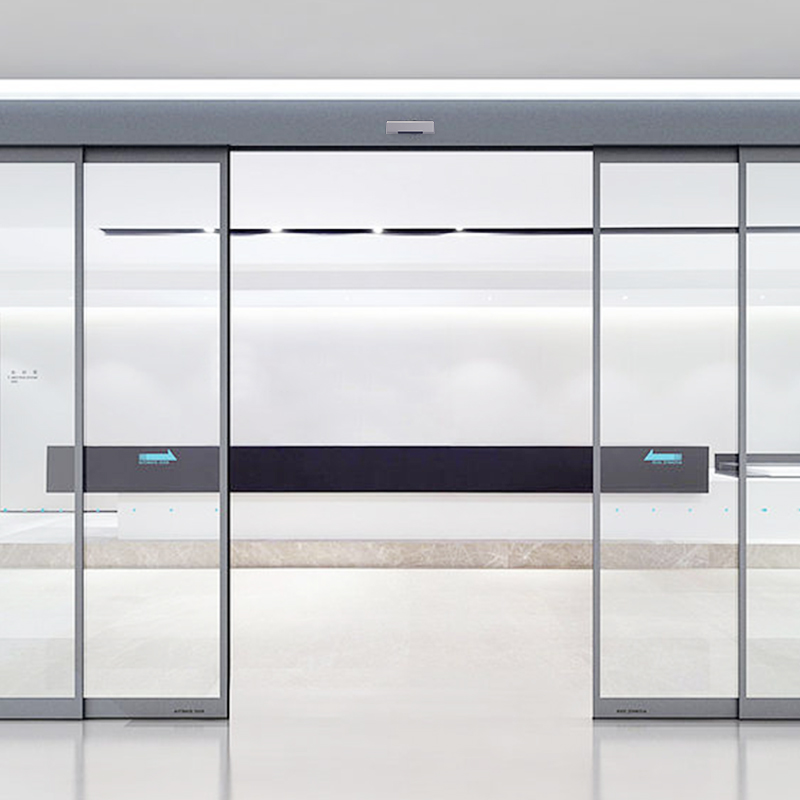What options are available for customizing the appearance of automatic doors?
Automatic doors have become an integral part of modern architecture, providing convenience, accessibility, and a touch of sophistication to various spaces. Beyond their functional aspects, customization options allow designers and property owners to tailor the appearance of automatic doors to complement the overall aesthetics of the building. In this article, we explore the myriad options available for customizing the appearance of automatic doors.

1. Material Selection:
Wood Finishes: For a classic and timeless look, wooden finishes can be applied to automatic doors. Wood adds warmth and elegance, making it suitable for spaces where a traditional or luxurious aesthetic is desired.
Aluminum and Glass Combinations: Modern and sleek, aluminum frames paired with glass panels offer a contemporary appearance. This combination allows for natural light to enter, creating an open and inviting atmosphere.
Stainless Steel: Stainless steel provides a polished and industrial aesthetic. It is a durable and low-maintenance material suitable for applications where a modern and sophisticated appearance is desired.
2. Design Elements:
Custom Patterns and Branding: Automatic doors can be customized with unique patterns, logos, or branding elements. This is particularly beneficial for businesses or organizations looking to make a distinctive visual statement.
Etched or Frosted Glass: Adding privacy and a touch of elegance, etched or frosted glass panels can be incorporated into automatic doors. These treatments allow for customization while maintaining a sophisticated appearance.
Color Options: Explore a variety of color options for frames and panels. Choosing a color that complements the overall color scheme of the building enhances visual harmony.
3. Technological Integration:
LED Lighting: Integrated LED lighting can be used to enhance the aesthetic appeal of automatic doors. Whether for decorative purposes or to provide visibility in low-light conditions, LED lights offer a range of customization possibilities.
Digital Displays: Automatic doors with digital displays provide an innovative way to communicate information or display dynamic content. This feature is ideal for retail environments or spaces where interactive elements are desired.
4. Specialty Finishes:
Powder Coating: Powder coating offers a durable and customizable finish for metal surfaces. It provides a wide range of color options and can be applied to achieve specific textures and effects.
Anodized Finishes: Anodizing aluminum doors creates a protective layer that can be customized in terms of color and finish. This process enhances durability and corrosion resistance.
5. Custom Door Configurations:
Bi-Parting Doors: Customize the configuration of automatic doors to include bi-parting designs, which open from the center. This can create a grand entrance and accommodate larger entryways.
Telescopic Sliding Doors: Telescopic sliding doors are designed to stack on one another, offering a unique and space-efficient solution. This configuration is customizable to suit specific architectural requirements.
Conclusion:
Customizing the appearance of automatic doors allows for seamless integration with the overall design and aesthetic goals of a building. Whether through material selection, design elements, technological integration, specialty finishes, or custom door configurations, the options are vast. By exploring these customization avenues, property owners and designers can transform automatic doors into statement pieces that enhance both functionality and visual appeal.







